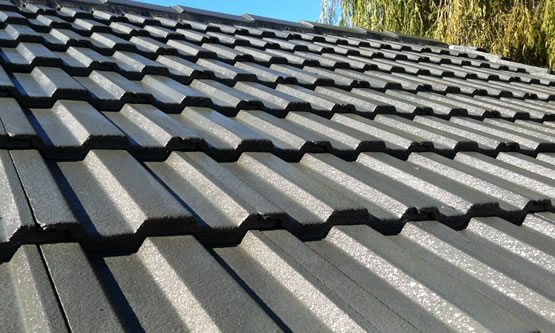
Old roof tiles that have become porous can bring a range of problems to a property. Porous tiles are tiles that have been exposed to water for a prolonged period, causing them to absorb water and become permeable. This can lead to a variety of problems, including water damage, mold growth, and higher energy bills.
One of the most common problems associated with porous roof tiles is water damage. As the tiles absorb water, they become heavy and may crack or break, leading to leaks and water damage inside the property. Water damage can also cause structural damage to the roof and ceiling, which can be expensive and time-consuming to repair.
Another problem associated with porous roof tiles is mold growth. When water is absorbed by the tiles, it can create an ideal environment for mold to grow. Mold can be harmful to human health, and it can also cause a musty smell in the property, which can be difficult to eliminate.
Porous roof tiles can also lead to higher energy bills. When the tiles become permeable, they no longer provide adequate insulation for the property. This means that heat can escape during the winter, and cool air can escape during the summer, resulting in higher energy bills.
Finally, old roof tiles that have become porous can also reduce the value of a property. If a property has a damaged or old roof, potential buyers may be deterred from purchasing the property or may use it as a bargaining tool to negotiate a lower price.
In conclusion, it is essential to replace old roof tiles that have become porous to avoid water damage, mold growth, higher energy bills, and reduced property value. Regular maintenance and inspection of the roof can help identify and address any issues before they become major problems.